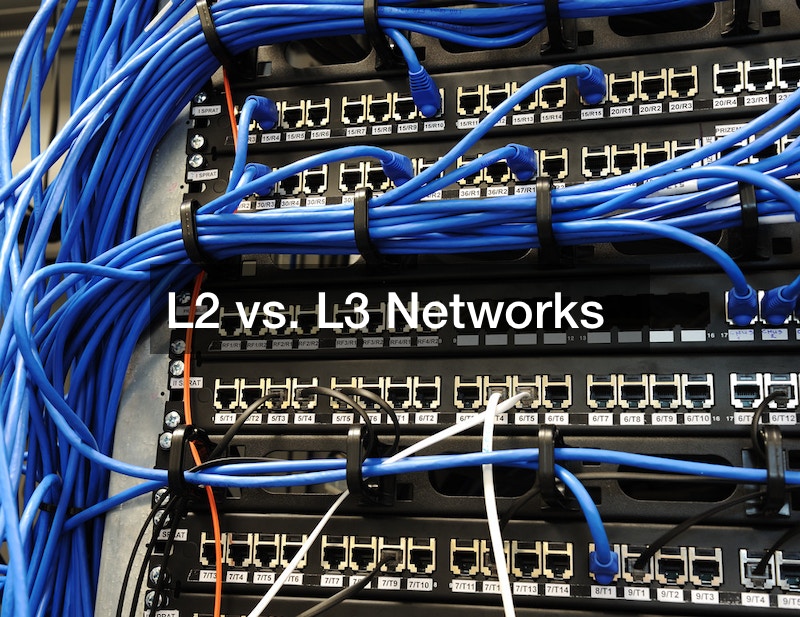L2 vs. L3 Networks

A switch is a key component for any type of network in a home or workplace. It’s made with multiple ports so that multiple devices can connect to it. Network switches come in two main types: L2 and L3. Here’s how the two differ from each other.
A layer 2 network, or L2 network, takes into account the physical address of any devices that are connected to it. This is known as a media access control address, or MAC address.
The switch is only concerned with the MAC address and not the IP address. These networks do switching only, which means that they redirect data packets from the source ports to the destination port. This type of network requires an external router layer for inter-VLAN communication.
A layer 3 network, or L3 network, has all the same abilities as an L2 network. Unlike an L2 network, an L3 network has both a MAC address table and an IP routing table, which means that it can also do static routing, dynamic routing, and packet routing between different VLANs.
L3 networks can do more than L3 networks, but they may not be necessary for everyone. If you’re trying to figure out which type of network is best for you, ask your local network provider what they would recommend based on your needs.
.

